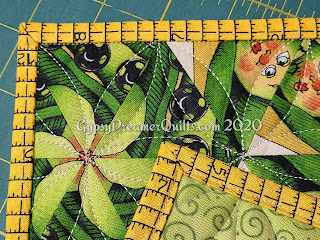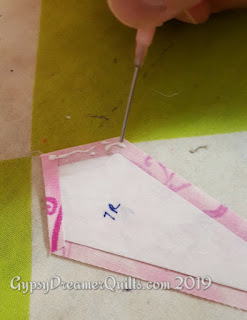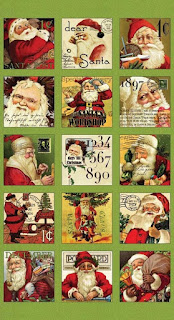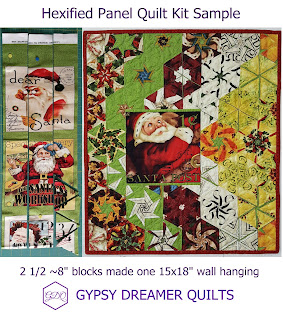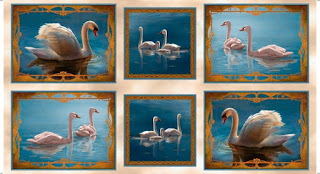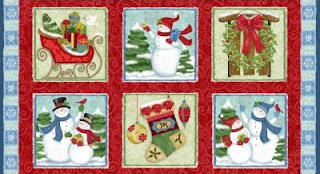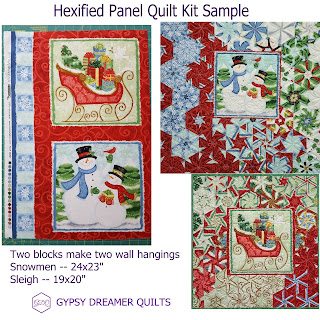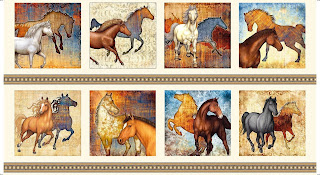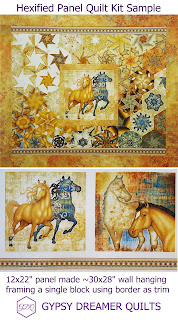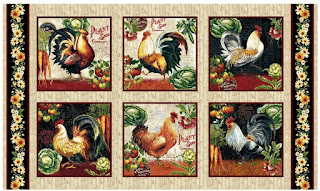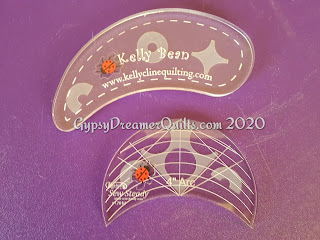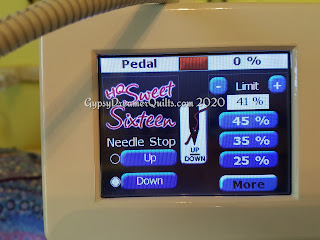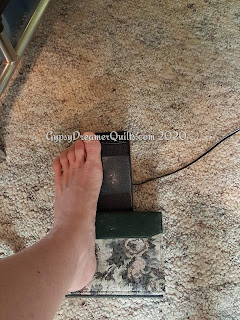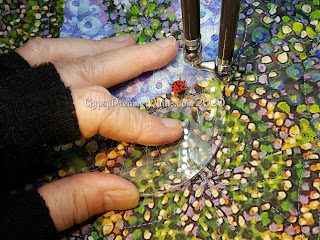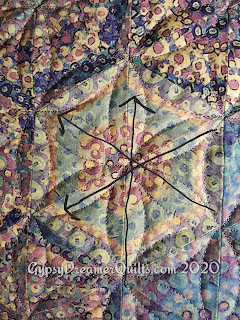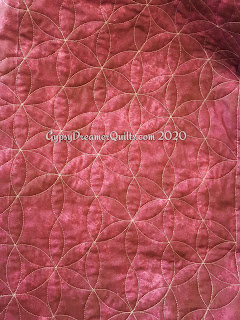Saturday, January 13, 2024--Currently in Baldwin City, Kansas, it's -4 with a wind chill factor of -24 degrees! We have 10" of snow on the ground that will be here for some time as we don't expect to get above freezing for at least the next 10 days. For us, it's perfect quilting weather! We are cozy inside with our hot tea or cocoa, homemade potato soup, and plenty of necessities to get us by for several days.
Looking back at this blog, I see it's been nearly a year since my last post. Well, shucks. Let's just say that 2023 was a mixed bag with about 6 months of hubby's medical issues that needed to be addressed, plus some fun times as well. Several trunk shows were either cancelled or rescheduled. There weren't as many finishes as I had hoped, but lots of starts and a few finished tops.
Starting off with a new goal and hopes for a much better year overall. My goal for 2024 is to work through more UFOs and do my best to begin to catch up with the 30+ tops we have either waiting to be pinned & quilted or partially quilted and left abandoned and needing finished.So far, I'm off to a good start. I have already completed quilting two, got them both bound, and already washed. The patriotic quilt was pinned and dried on the design wall to block it before labeling. It's now ready to gift to my husband's best friend of 40+ years. The Fancy Nancy minky-backed quilt was washed and tossed into the dryer and will go to my granddaughter.
Up next is the 2013 Bonnie K. Hunter Mystery--Celtic Solstice. I collected the clues and started sewing on January 1, 2014. I finished piecing the top fairly quickly, but after getting the stitch in the ditch nearly complete, I was asked to make a second one for the Maple Leaf Quilters' Guild in Baldwin City, KS, as their 2015 opportunity quilt, which I custom quilted. It has long ago been gifted to the owner of the winning ticket. Once it was complete, I had moved on to other projects and folded up my original one and put it in the closet. Today I finished the ditching on Solstice Moonrise and started the fun parts with the first thread color change. It will get finished this year for sure!There are a few trunk shows and workshops scheduled for this year. First up on Tuesday, February 13, I'll be speaking to the Prairie Quilt Guild in Wichita, sharing my Confessions of a Quilt Starter: UFOs, Orphans and More talk. They hold two meetings--1pm and 7pm, at the Pleasant Valley United Methodist Church, 1600 W 27th St N, Wichita, KS.Other presentations will be in Colorado, Ohio, Oklahoma, Nebraska, and a few closer to home. I'll be adding those to the calendar on my website as soon as all contracts are signed and dates confirmed.
Looking forward to being more in touch this year.
Stay tuned for more stitching fun!
Liz

















